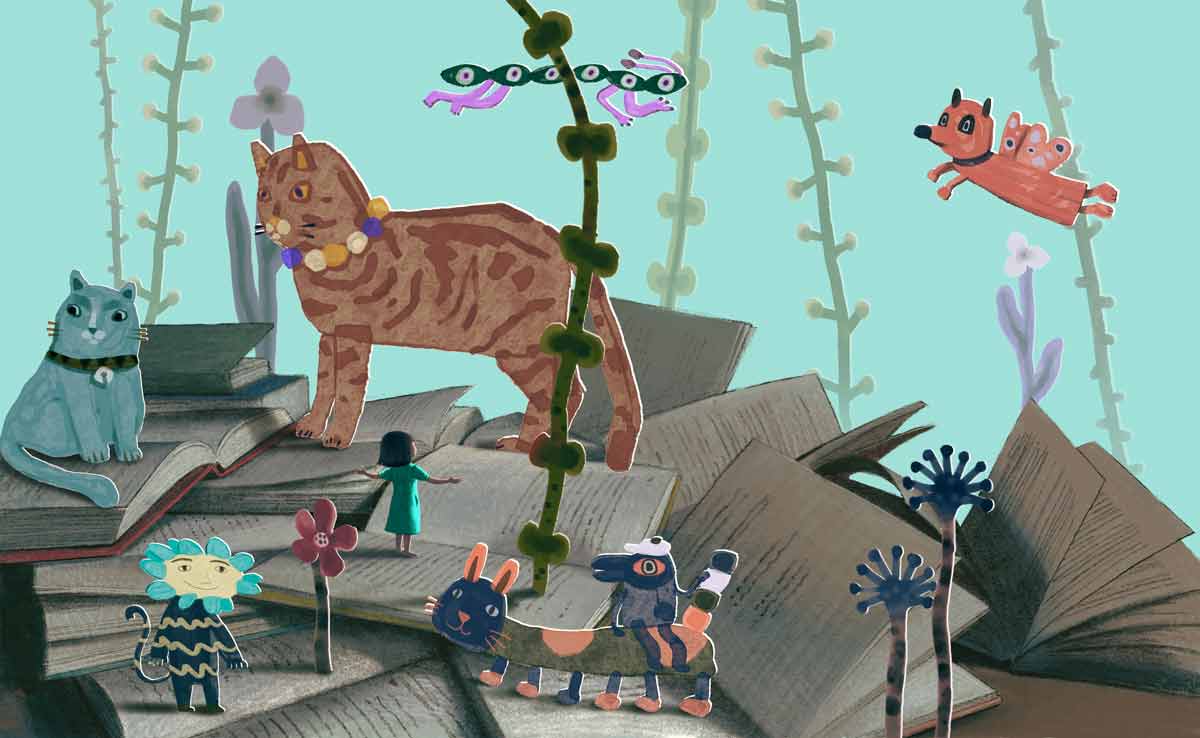What Is Movie Writing? - People and Processes Involved In Writing A Script
Movie writing or screenwriting is an exciting and challenging process. In order to bring engaging stories to the screen, the screenwriting process needs to be paid attention to. Read on to find out more about writing for the movies and what goes into this process.

Movie writing, also known as screenwriting, is the process of creating a script for a film or television show. It involves crafting a story that is visually engaging and emotionally compelling, and that can be translated into a finished product that will entertain and captivate an audience.
Movie writing is also, unlike how you write a novel or how you write a podcast, a highly collaborative process. It involves multiple departments and people coming together to build a blueprint that production can eventually look to. In that sense, it is more similar to writing a play, where multiple departments like the stage managements, props departments, lighting designers, and costume designers have to work collaboratively.
Read on to find out more about what movie writing is, and about the people and processes involved in creating an engaging movie script!
What Is Movie Writing?
The process of movie writing involves a number of different stages. These stages include researching, brainstorming, outlining, drafting, revising, and polishing the script.
Photo by Mason Kimbarovsky / Unsplash
Throughout each stage of movie writing, the screenwriter must work closely with the rest of the production team to ensure that the script is meeting the creative and practical needs of the project. It is a highly collaborative process that typically involves a team of writers, producers, and directors, who work together to develop the story, characters, and dialogue for a film or television show. The goal of the screenwriter is to create a script that captures the essence of the story and characters, while also providing a roadmap for the production team to follow as they bring the project to life.
What Is The Importance of Movie Writing Or Screenwriting?
Movie writing or screenwriting is essential in the filmmaking process because it is the foundation of a film's story and structure. A well-written screenplay serves as a blueprint for filmmakers, actors, and crew members to bring a story to life on the big screen.
Photo by Roman Skrypnyk / Unsplash
A screenplay is essentially a story that is meant to be told through the visual medium of film. Screenwriting is the art of crafting a compelling narrative with engaging characters, dramatic tension, and an emotional arc that resonates with audiences. It also provides a clear structure for a film. It lays out the plot, characters, and setting in a way that allows filmmakers to visualize the movie before it is made. This structure ensures that the film has a cohesive story and that it stays on track throughout the production process.
Screenwriting is a collaborative process that involves working closely with directors, producers, and other creative professionals to develop a story that is engaging and visually appealing. A well-written screenplay can help filmmakers bring their vision to life and create a memorable film that resonates with audiences.
Who Is Involved In The Processes Of Movie Writing?
The people involved in movie writing or screenwriting can vary depending on the production and the size of the film. Here are some of the key roles involved in the screenwriting process:
1. Screenwriter
Photo by Darius Bashar / Unsplash
The screenwriter is the person who writes the script, which is the blueprint for the film. They are responsible for creating the story, characters, dialogue, and action in the screenplay.
2. Story Editor
The story editor works with the screenwriter to refine and develop the story. They provide feedback on the script and help the writer to make revisions that improve the overall quality of the story.
3. Script Doctor
A script doctor is a professional screenwriter who is brought in to make revisions to an existing screenplay. They are hired to fix specific problems with the script, such as plot holes, pacing issues, or character development.
4. Producer
The producer is responsible for overseeing the entire film production, including the development of the script. They work closely with the screenwriter to ensure that the story aligns with the overall vision for the film.
5. Director
Photo by Sergey Sokolov / Unsplash
The director works closely with the screenwriter to bring the script to life on screen. They interpret the script and use their creative vision to make decisions about the film's style, pacing, and performances.
6. Production Designer
The production designer works with the screenwriter to create the visual world of the film. They use the script as a guide to design the sets, costumes, and props that bring the story to life.
What Are The Processes Involved in Movie Writing?
Movie writing and coming up with a script typically involves several key steps, which may vary somewhat depending on the writer's process and the specific project or script that is needed at the end.
Here are some of the main steps involved in writing a script:
1. Idea generation
This is the first stage of the movie writing process, where the writer comes up with a basic concept or premise for the movie. This could be based on personal experience, inspiration from other films or media, or simply an idea that the writer finds compelling and intriguing enough to continue building upon.
2. Research
Once the basic idea has been identified, the writer may need to conduct research in order to develop the story further. This could involve reading books, watching films or documentaries, interviewing experts, or visiting relevant locations.
3. Script Outlining
Photo by Aman Upadhyay / Unsplash
Before diving into the actual writing, the writer may create an outline or treatment that lays out the major beats and plot points of the story. This can help to ensure that the story has a strong structure and direction before the writer begins to write the script.
4. Writing
This is where the actual writing of the movie takes place. The writer will typically start with a rough draft, which will then be revised and refined over multiple drafts.
If you're an aspiring or established script writer or screenwriter, and you're on the lookout for a place to start writing your next script, JotterPad might have all the tools that you are looking for. Script writing includes taking note of the movement, actions, expression and dialogue of the characters in screenplay in industry recognized screenplay format. In order to express yourself effectively for the screen, particular formatting methods are required. And JotterPad takes care of the formatting from the start for you as well.

Apart from a well-furbished editor, you can also do your brainstorming and research on the platform, explore multiple scriptwriting templates, write your drafts with Fountain Syntax, export share, and even publish your work if need be from JotterPad itself.
5. Revisions
After completing a draft, the writer may seek feedback from peers, colleagues, or industry professionals in order to identify areas for improvement. The writer will then incorporate this feedback into subsequent drafts, refining the story and characters as needed.
6. Production
Once the script is complete, it may be produced into a film, with a director, actors, and crew bringing the story to life on screen.
Movie writing or screenwriting is both an exciting and challenging process that requires a combination of creativity, technical skill, and collaboration to bring compelling stories to the screen.
It is also a complex and iterative process that involves many stages of planning, drafting, and revision in order to create a compelling and engaging story. A well-written screenplay provides a foundation for the entire filmmaking process, from pre-production to post-production. It is the starting point for the creation of a cinematic experience that can captivate and entertain audiences around the world.






